Motorcycle Investor mag
Subscribe to our free email news
Buyer guide – Yamaha TRX850
Twin Rex
(by Guy ‘Guido’ Allen, Jan 2020)
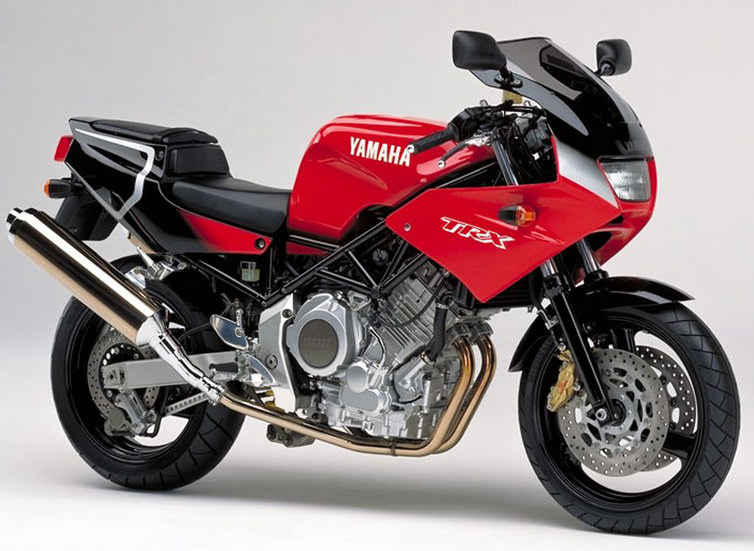
It may be extinct in the showrooms, but Yamaha’s
lightweight nineties sports twin still has plenty of
life left in it
Let your mind wander back to 1995, when Yamaha unveiled its TRX850, and you might recall it was a very different market. Unlike now, parallel twins were actually very thin on the ground. Triumph in Hinckley was still years away from relaunching the Bonneville brand (2001) and Kawasaki still a little way off releasing the delightful W650 (1999).
In fact, sporty twin-cylinder motorcycles of any configuration – outside the Ducatis of this world – were scarce. Laverda’s short-lived 668 series was around, but it took Honda another two years to launch the VTR1000 and Suzuki three to unveil the TLR1000.
Not for the first time, Yamaha had really gone out on a bit of a limb with this model, though it did have ‘form’ with road-going parallel twins. You could go back as far as the XS650 series, which mimicked the original Triumph Meriden Bonnevilles and did okay over an extraordinary run from 1969 through to 1985.
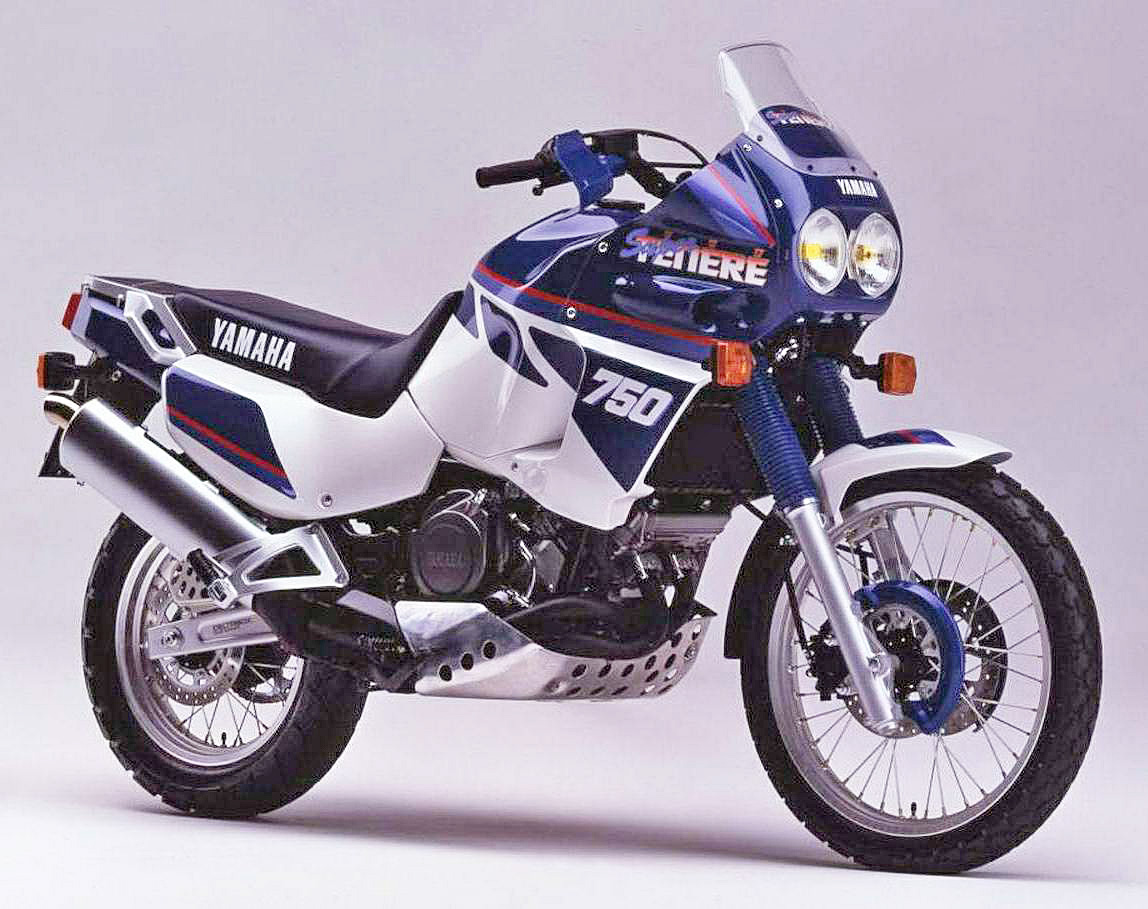
When it comes to modern twins, however, we really need to look at the XTZ 750 Super Tenere (above) of 1989 for the roots of the TRX. Also a parallel twin, it was running Yamaha’s then signature five-valve heads, a giant fuel tank and was a stand-out offering for anyone who wanted a Paris-Dakar-inspired adventure tourer.
Local numbers of that model are relatively modest. When these things were new, there simply wasn’t the local appetite for adventure tourers that there is now.
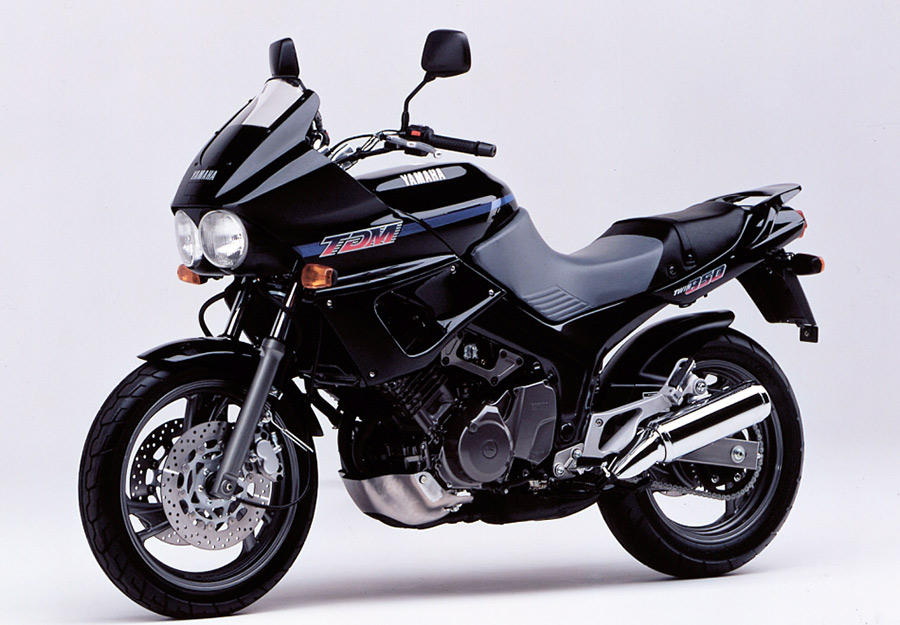
Move on up to 1991 and we get the ‘soft roader’ variant of the XTZ, the TDM850 (above) – effectively a touring bike with longish travel suspension. It was never a headliner during its decade-long run, but was a good steady seller for Yamaha across much of Europe.
And then, finally in 1995, we get the TRX850 – the ratbag road version of all of the above. You could speculate on what took the company so long, as the moment you see the bike you think, ‘of course – it’s such an obvious thing to do’.
Yamaha saw this model as a natural competitor for a Ducati 900SS, which at the time also fell into the light sports category. The steel trellis frame was clearly a nod to the Italian brand’s ethos, while the rest of the bike was pretty much a parts bin special. The engine, transmission, brakes and suspension could be traced to other models in the family.
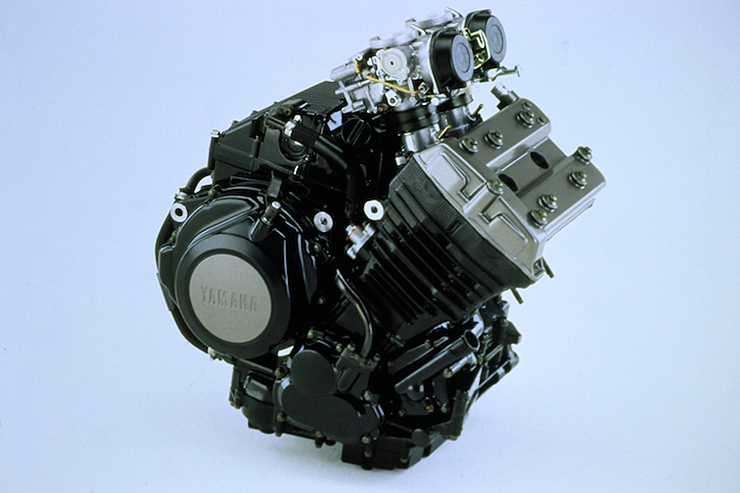
However there was one big difference in the engine department. In its wisdom, Yamaha changed the firing order of the twin from a customary 360 degrees in the TDM, to 270 degrees in this version. Engineers will swear this is intended to give a parallel twin a V-twin feel (Triumph did much the same with the Scrambler when it was launched), though I’ve never been entirely convinced. They still feel like parallels to me, but there is a lot to like about the character a 270 throw provides. The TDM, by the way, also ended up adopting this variant of the engine.
After all that, what did we get? Well it was no fire-breather and nor was it intended to be. Any litre-class multi would have hosed it, as would the 600 sports brigade. Nope, it was about light, slim, sporty and, really, a very different style of riding. More flicking it through some backroads than setting lap records.
As a package, you got around 80 horses in a bike weighing around 190kg dry. So marginally more power than a TDM, carrying about 10 kilos less. It was all very conventional: dual carburettors, five-speed transmission, chain drive, conventional forks, monoshock rear end, four-spot front brakes up front, with 120 and 160 rubber on 17-inch rims. Fuel capacity was a sensible 18 litres.
Rattle through the road tests of the day and you get some mixed reviews, with much depending on where the rider was coming from. If you hopped on expecting a lumpy version of a 600 sports bike, you were going to be disappointed. This was very much it’s own thing, probably much closer in nature to the equivalent Ducati than the Italian maker would have liked. And it was without the ownership complications inherent in desmodromic heads.
This was a slim and lively motorcycle, with very neutral handling, reasonable suspension and brakes that did the job. There was nothing intimidating about it, but there was enough on tap that you could have a whole heap of fun play-racing on the backroads.
I’ve seen some talk of sketchy carburetion in one or two published tests, which is mystifying. Over time, I probably rode three of these things in stock form and didn’t strike an issue. There was a heavily-modded project bike that was an absolute pig of a thing, but that’s another story.
Really, the smart thing to do with these was just leave them alone, or free up the breathing a little. If you wanted monster horsepower, it made a whole more sense to go and buy a pukka litre-class sportster. Standard, they were a dead-reliable and reasonably easy to maintain package. One thing to be aware of: they’re really a solo motorcycle, as the pillion accommodation is pretty unfriendly. One other negative: finish needs to be looked at on a used one, as they don’t tolerate being left out in the weather.
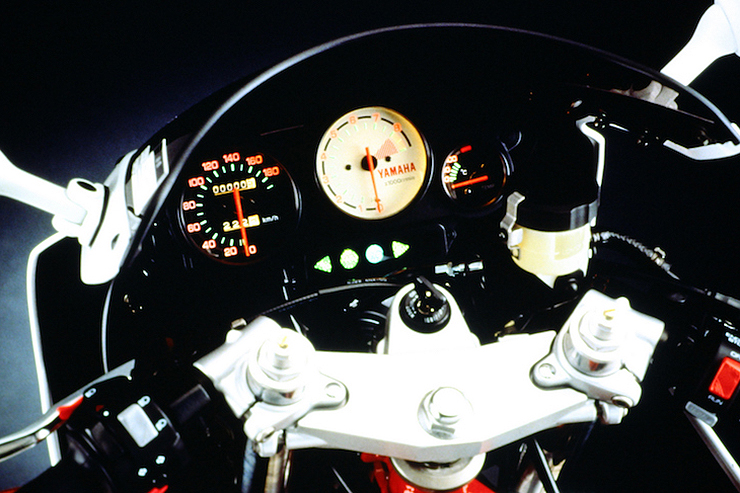
Pricing was pretty good – about $12k plus on-roads, which was three-quarters of the cost of a Thunderace 1000 and level with the then new 600 Thundercat. The punters didn’t exactly break down dealer doors to buy the things, but they found a niche in what was a pretty difficult market.
As is sometimes the case with slightly quirky models like this, TRXs arguably have a bigger audience now than when they were new and seem to be getting some traction on the used market. Are they a cult bike? Maybe not yet, but the potential is there.
There’s a pretty good supply of them on the market at the moment, priced around Au$3000-6000. A good stocker somewhere in that range should be able to deliver plenty of bang for your buck.
***

Café TRX
Of course the TRX platform seems a natural for developing
a café racer, as you can get striking results with minimal
modification. One of the better efforts out there is from
Bike Brewers online. See bikebrewers.com.
***
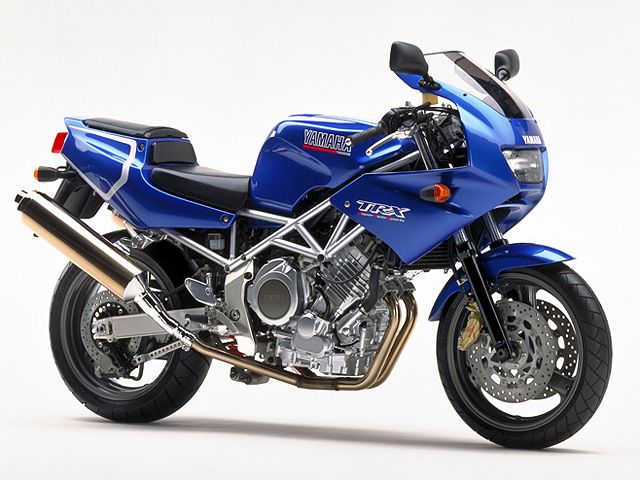
SPECS:
Yamaha TRX850 (1995-2000)
ENGINE:
TYPE: Liquid-cooled, five-valves-per-cylinder, 270-degree
parallel twin
CAPACITY: 849cc
BORE & STROKE: 89.5 x 67.5mm
COMPRESSION RATIO: 10.5:1
FUEL SYSTEM: 2 x Mikuni BTSD38 CV carburettors
TRANSMISSION:
TYPE: Five-speed, constant-mesh,
FINAL DRIVE: Chain
CHASSIS & RUNNING GEAR:
FRAME TYPE: Steel trellis
FRONT SUSPENSION: 41mm conventional telescopic fork
REAR SUSPENSION: Monoshock with gas/oil damper
FRONT BRAKE: 298mm discs with four-piston calipers
REAR BRAKE: 248mm disc
DIMENSIONS & CAPACITIES:
DRY/WET WEIGHT: 190/202kg
SEAT HEIGHT: 798mm
WHEELBASE: 1534mm
FUEL CAPACITY: 18lt
WHEELS & TYRES:
FRONT: 120/60 ZR17
REAR: 160/60 ZR17
PERFORMANCE:
POWER: 57kW @7500rpm
TORQUE: 84Nm at 6000rpm
OTHER STUFF:
PRICE in 1996: $11,999 + ORC
Good
Slim
Quick
Fun to throw around
Not so good
Leave the pillion at home

-------------------------------------------------
Produced by AllMoto abn 61 400 694 722
Privacy: we do not collect cookies or any other data.

Archives
Contact




